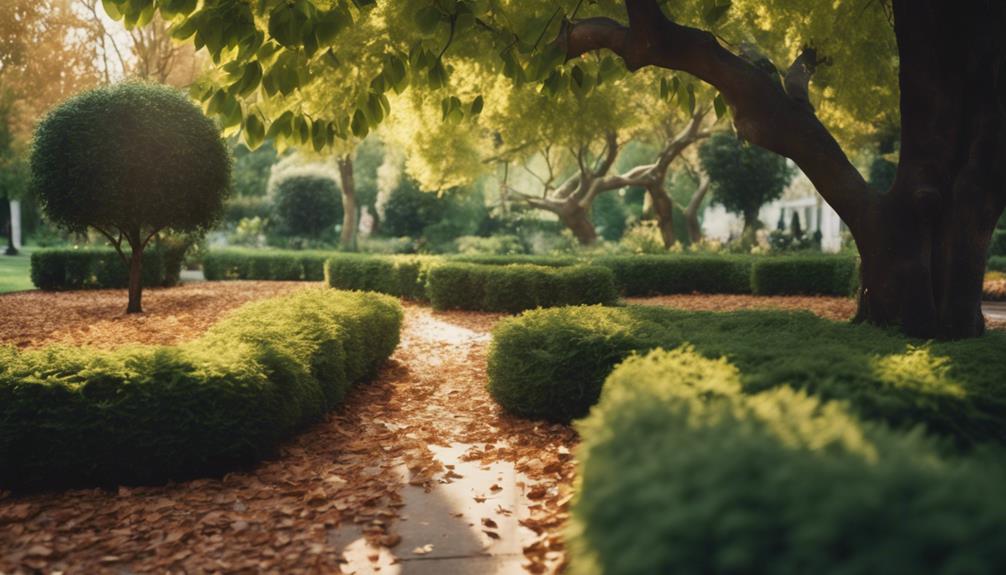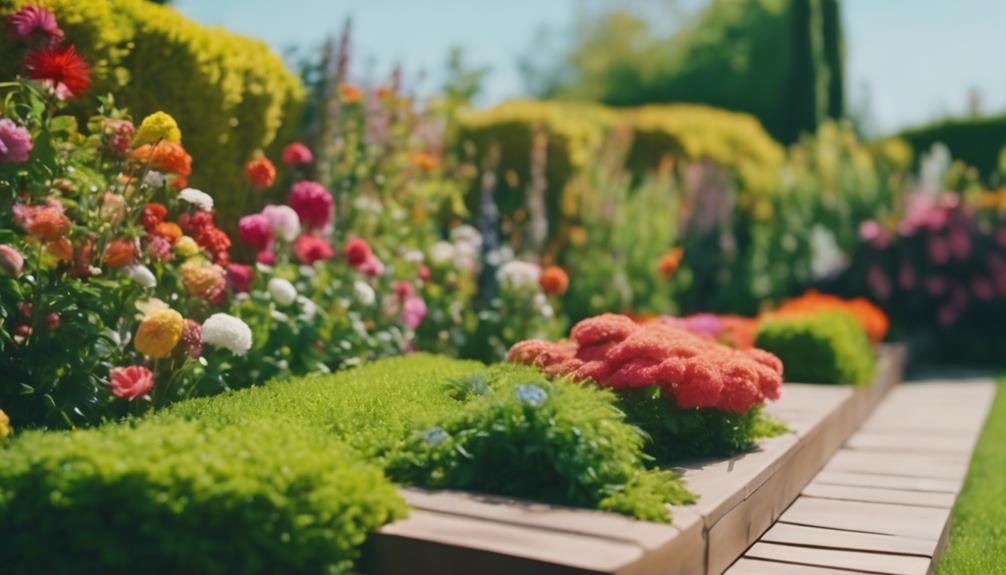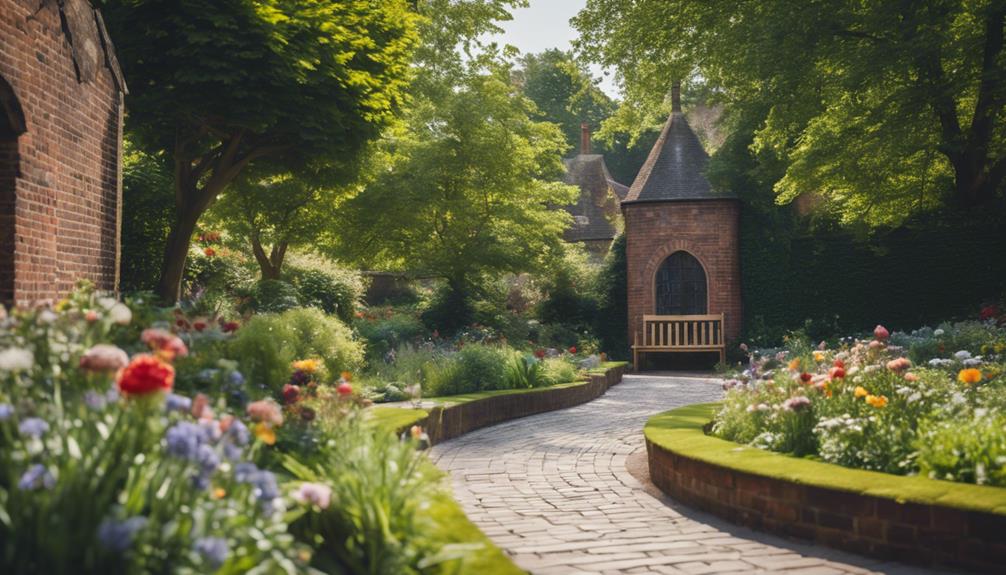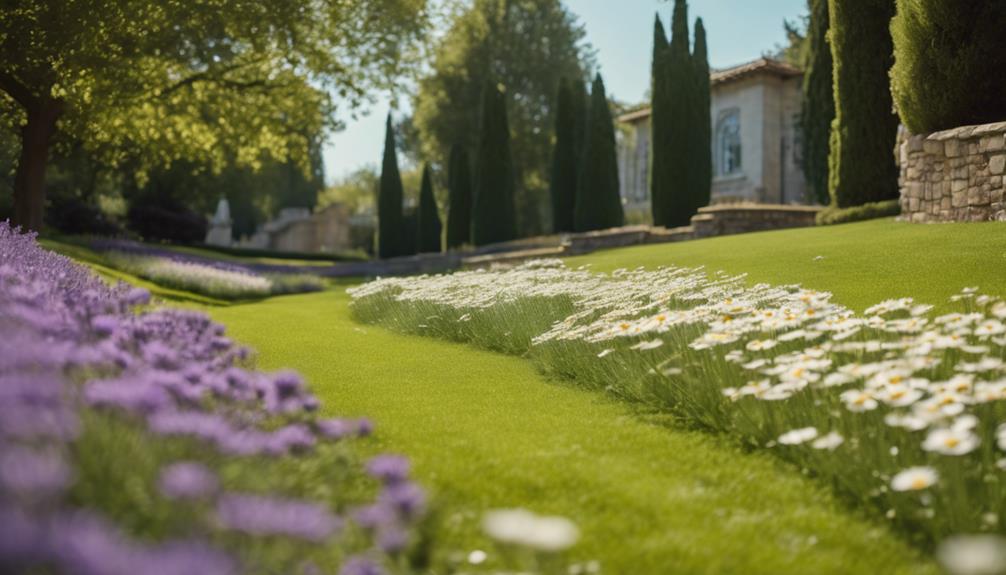
Tree Felling Smethwick
9 December 2024
Tree Pruning Halesowen
10 December 2024The Importance of Tree Pruning in Bearwood
Tree pruning in Bearwood isn't just a chore; it's an art form that plays a crucial role in the health and beauty of our green companions. Think of it as giving your trees a well-deserved haircut! Proper pruning encourages vigorous growth by eliminating dead or diseased branches, which in turn reduces the risk of pests and diseases taking up residence in your garden.
Enhancing Aesthetics and Safety
Beyond health benefits, tree pruning significantly enhances the visual appeal of your property. Well-pruned trees can complement your home's architectural features beautifully, adding that special touch that catches the eye of passersby. Imagine looking out your window and seeing a perfectly shaped tree basking in the sunlight—now that's a sight to behold!
But it's not just about looks; safety is paramount. Overgrown branches can pose hazards during storms or high winds, potentially causing damage to property or even injury. Regular pruning helps mitigate these risks, ensuring your trees remain safe and sound.
Professional Techniques for Longevity
Employing professional pruning techniques, such as crown thinning and deadwooding, can significantly contribute to the longevity and overall health of your trees. Crown thinning involves selectively removing branches to allow better light penetration and air circulation, while deadwooding focuses on removing dead or dying branches. Both techniques are vital for maintaining a robust tree structure.
Timing is everything in the world of tree care. Different tree species have specific pruning seasons, and understanding these can make all the difference. For example, many deciduous trees are best pruned in late winter or early spring before new growth begins.
Expertise You Can Trust
If you're unsure where to start, it's wise to consider professional services for tailored pruning. Experts can assess the unique needs of your trees and provide the necessary care to maintain their beauty and safety. Just like you wouldn't trust a novice with your favourite hairstyle, don't leave your trees' wellbeing to chance.
Ready to Transform Your Trees?
So, what are you waiting for? Dive into the world of expert tree care and uncover the myriad benefits it offers. Whether you're looking to enhance your garden's aesthetics or ensure your trees are healthy and safe, professional pruning in Bearwood is the way to go.
For personalised advice and services, don't hesitate to reach out to local tree care specialists. After all, your trees deserve the best, and so do you!
Feel free to contact us at [your contact information here] for more information or to schedule your tree pruning service today!
Importance of Tree Pruning
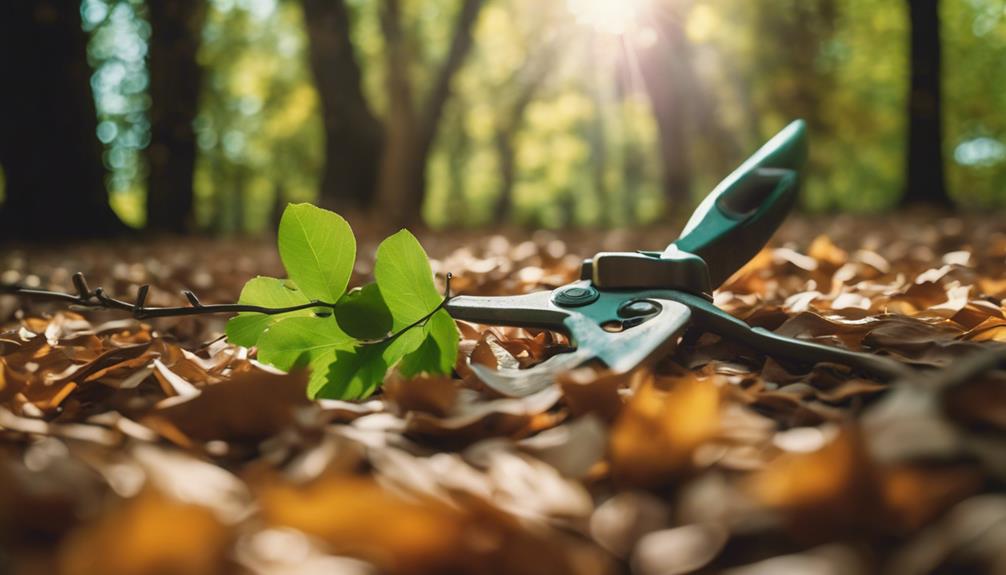
The Importance of Tree Pruning for Your Landscape
Why Prune?
Have you ever gazed at a tree and thought, "That could use a bit of a haircut"? Well, you're onto something! Tree pruning is not just about aesthetics; it's a vital practice that supports the health and beauty of your garden. Think of it as a necessary grooming session for your trees, ensuring they remain robust and attractive throughout the seasons.
Health Benefits
First and foremost, proper pruning promotes healthy growth. By removing dead or diseased branches, you significantly reduce the risk of pests and diseases that can compromise your trees' vitality. Imagine a tree with a few unhealthy limbs—those could be a buffet for insects or a breeding ground for rot. By taking the time to prune, you're essentially giving your tree a fighting chance at thriving.
Moreover, strategic pruning encourages healthy branching. This means a more balanced canopy, which allows sunlight to penetrate better. Healthy light exposure doesn't just benefit the tree; it also nourishes nearby plants, creating a vibrant ecosystem where everything thrives. It's like giving your garden a little team pep talk—everyone benefits from the boost!
Aesthetics Matter
Now, let's talk about the visual appeal. A well-pruned tree can transform your garden from drab to fab. It harmonises beautifully with your home's architectural features and enhances that all-important curb appeal. Picture your street: a row of homes with lush, well-maintained trees can evoke a sense of community and care. You might even find that your neighbours start to take notice and follow suit—who doesn't like a bit of friendly competition?
Longevity and Landscape Health
Ultimately, mastering the art of tree pruning not only extends the life of your trees but also contributes to the overall health of your landscape. Think of it as investing in the future of your garden. Regular pruning can prevent the need for drastic measures later on, saving you time and money in the long run. A little attention now can lead to a flourishing garden for years to come.
Get Started with Pruning
Feeling inspired? Why not grab those pruning shears and get started? If you're unsure where to begin, consider reaching out to local gardening clubs or hiring a professional. They can provide valuable insights and techniques to ensure you're pruning correctly.
Benefits of Professional Pruning
The Perks of Professional Pruning: Why It Matters
When it comes to tree care, professional pruning is a game-changer. This essential practice not only enhances the safety of trees but also boosts their aesthetic appeal and overall health. Let's delve into the myriad benefits that come with professional pruning and why it should feature prominently in your tree maintenance routine.
Safety First: Fortifying Tree Stability
Imagine you're enjoying a lovely afternoon in your garden, and suddenly a branch snaps off a tree during a gusty wind. Not the kind of drama you want, right? That's where professional pruning swoops in like a superhero. By trimming away dead limbs and employing techniques such as crown reduction, professional arborists bolster tree stability. This reduces wind resistance, lessening the likelihood of branches breaking during inclement weather. It's a proactive measure that not only protects your property but also keeps your loved ones safe.
Health Boost: Disease Prevention
In areas like Bearwood, where residential gardens often host a variety of trees, the risk of disease can be a pressing concern. Regular professional pruning helps to curtail the spread of diseases by removing infected limbs before they can affect the entire tree. Think of it as giving your tree a health check-up—removing the bad bits allows it to thrive without the pesky threat of illness. A healthy tree is not only beneficial for the environment but also adds value to your home.
Aesthetic Appeal: Keeping It Neat and Tidy
Let's face it, a well-pruned tree is a sight to behold. It enhances your garden's beauty, creating a more inviting atmosphere. Professional pruning ensures that trees maintain their shape and size, preventing them from becoming unruly giants that overshadow your flower beds. This careful attention to detail can transform your outdoor space into a picturesque retreat, where every plant plays its part in the grand design.
Compliance and Convenience: Clearing the Way
In today's world, regulations regarding overhead cables and public pathways are no laughing matter. Overgrown trees can obstruct these vital areas, leading to potential hazards. Regular pruning not only helps you stay compliant with local regulations but also maintains an unobstructed environment for everyone. It's a small effort that yields big dividends in community safety.
Light and Air: The Essentials for Growth
We all know that plants need light and air to flourish, and trees are no exception. Professional pruning promotes better light penetration and air circulation within the canopy. This means your trees can absorb more sunlight and breathe easier, resulting in robust growth and vitality. It's akin to opening a window on a stuffy day—what a relief!
In Conclusion: Take the Leap
So, if you're looking to enhance the safety, health, and beauty of your trees, consider reaching out to a professional pruning service. It's an investment that pays off in spades, ensuring your garden remains a lush and vibrant sanctuary. Don't wait for the winds to howl or the branches to sag—act now! Give your trees the care they deserve, and watch them thrive.
For more information on professional pruning services in your area, feel free to contact us at [your contact information]. Together, let's make your garden the envy of the neighbourhood!
Pruning Techniques Explained
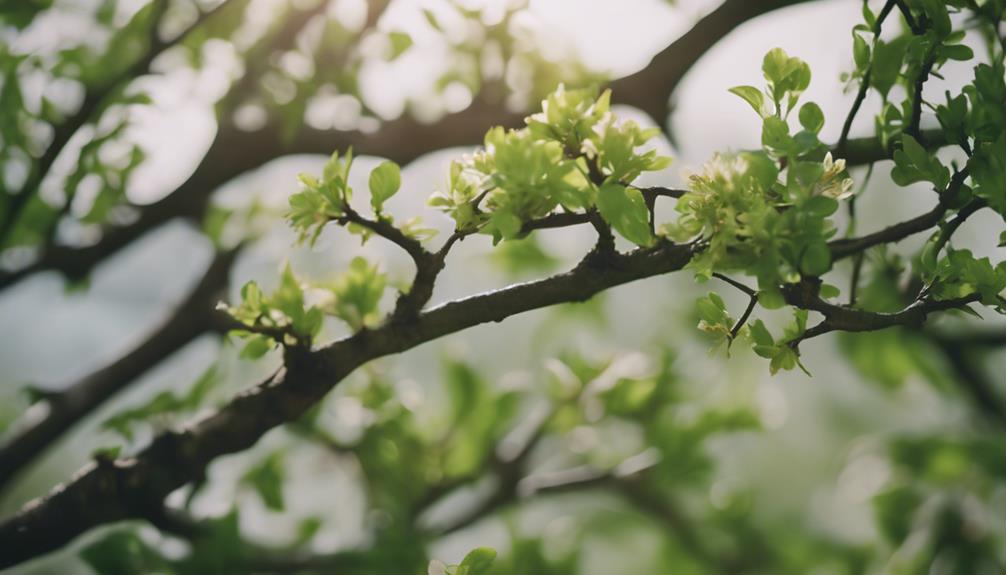
Pruning Techniques: Nurturing Your Trees for a Flourishing Landscape
Maintaining the health and beauty of your trees is essential for a vibrant landscape. Employing effective pruning techniques can make all the difference, ensuring your trees not only thrive but also enhance the overall aesthetic of your garden. Let's delve into some key methods that every gardener should consider.
Crown Thinning: Letting the Light In
Crown thinning is like a refreshing haircut for trees. By selectively removing branches, you allow more light to penetrate through the canopy and improve air circulation. This practice is particularly beneficial in reducing the risk of disease, as it helps keep the foliage dry and healthy. Imagine your tree basking in sunlight, with its leaves dancing in the breeze – that's the magic of crown thinning!
Crown Raising: Clearing the Understory
Ever tried navigating a garden with overgrown branches blocking your way? Crown raising alleviates that frustration by lifting the lower branches of the tree. This not only improves visibility but also creates a welcoming space beneath the canopy for people and wildlife alike. Picture a picnic spot underneath a beautifully raised tree – it's the perfect setting for a summer gathering!
Crown Reduction: Keeping Heights in Check
In urban areas, safety is paramount. Crown reduction is an effective technique that reduces the height of a tree while preserving its natural shape. Think of it as giving your tree a gentle trim to keep it from reaching too high and posing a risk to nearby structures. It's about finding that sweet spot where your tree can be both majestic and safe – a win-win for any gardener!
Deadwooding: Reviving Vitality
When branches succumb to disease or die off, they can become more than just an eyesore; they can pose risks to the health of the entire tree. This is where deadwooding comes into play. By removing dead or diseased branches, you're not only enhancing the tree's beauty but also promoting its overall vitality. It's like clearing out the clutter in your home – refreshing and necessary!
Directional Pruning: Shaping with Purpose
Sometimes, trees need a little guidance to grow in the right direction. Directional pruning encourages growth in specific areas, allowing you to shape your tree for aesthetic or functional purposes. Whether you want to create a natural archway or ensure a clear path for pedestrians, this technique gives you the artistic control you need. Just imagine crafting a living sculpture in your own backyard!
Conclusion: Mastering the Art of Pruning
Mastering these pruning techniques is not just about keeping your trees in check; it's about nurturing a thriving ecosystem that contributes to a vibrant landscape. Healthy trees not only enhance the beauty of your garden but also provide vital habitats for wildlife and improve air quality. So, grab your pruning shears, channel your inner gardener, and get to work!
If you're unsure where to start or need expert advice, don't hesitate to reach out. A local arborist can provide valuable insights tailored to your specific needs. Let's keep those trees healthy, safe, and looking their best!
Choosing the Right Time
Timing is Everything: The Art of Tree Pruning
When it comes to tree pruning, timing is absolutely crucial. Different species of trees respond best to specific seasons, and getting it right can make all the difference between a thriving garden and a lacklustre one. Let's dive into the nitty-gritty of when to wield those shears!
Deciduous Trees: The Winter Warriors
Generally speaking, if you've got deciduous trees, late winter to early spring is your golden window for pruning. Imagine those trees as dormant warriors, gearing up for a vigorous growth spurt after their winter slumber. Snipping away those dead or overcrowded branches at this time not only encourages robust growth, but it also gives your trees a fresh start as the warmer months approach. A good rule of thumb? Prune before the buds start to swell, so your trees can focus all their energy on producing lush foliage.
Evergreens: The Summer Surge
Now, if your garden is home to evergreen species, you'll want to adjust your pruning schedule. Late spring or early summer is the sweet spot for these leafy lads. Pruning at this time helps to maintain healthy foliage while ensuring that your evergreens are well-prepared for the colder months ahead. Think of it as a summer haircut that keeps them looking smart and tidy, ready to face whatever winter throws their way.
Flowering Trees: Timing is Key
For those lovely flowering trees, the general rule is to prune them after they've finished blooming. If you prune too early, you risk snipping off those precious flower buds that could've brought a splash of colour to your garden. Just picture it: a beautiful blossom-filled tree, and then—snip!—all gone because of poor timing. To avoid this floral faux pas, take note of when your particular species flowers and schedule your pruning accordingly.
The Importance of Knowing Your Trees
Understanding the specific needs of each tree species is vital. Pruning at the wrong time can lead to stress, hindered growth, and a rather sad-looking garden. Picture it as a well-rehearsed performance; each tree has its own cues and rhythms, and it's your job to ensure they hit all the right notes. So, arm yourself with knowledge, and your trees will thank you by flourishing beautifully.
In Conclusion: Prune Like a Pro
In summary, timing your pruning activities effectively is key to maintaining the health and aesthetics of your trees. Whether it's a deciduous, evergreen, or flowering tree, each has its own seasonal preferences. So, grab those shears and get ready to transform your garden! Remember, a well-timed prune not only enhances your trees' health but also elevates the overall beauty of your outdoor space.
If you have any questions or need expert advice on tree care, don't hesitate to get in touch. Happy pruning!
TKL Birmingham's Pruning Services
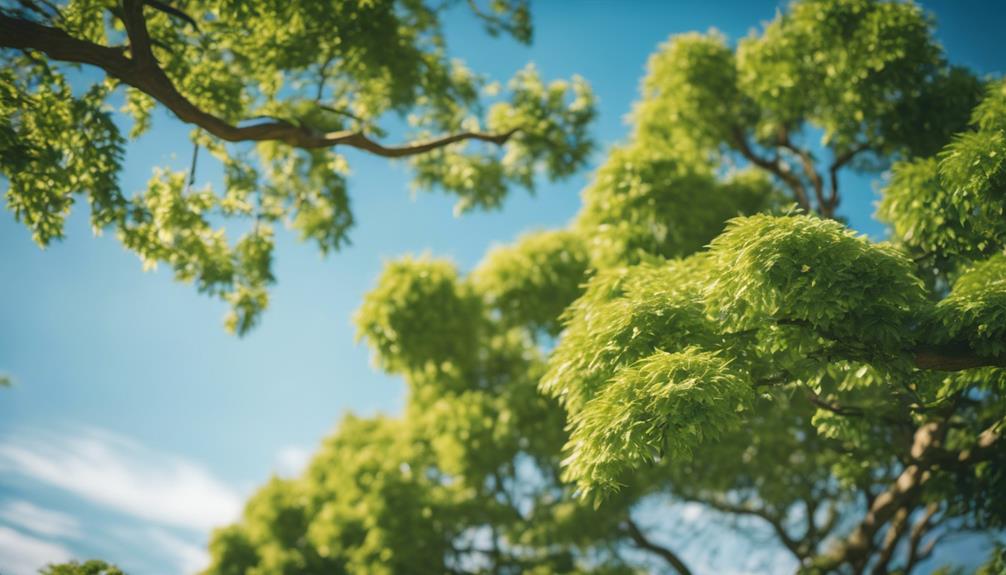
Elevate Your Landscape with TKL Birmingham's Expert Tree Pruning Services
At TKL Birmingham Gardener, our tree pruning services are not just about snipping branches; they are about enhancing the overall health and beauty of your trees. We understand that each tree species requires a tailored approach, and our knowledgeable arborists employ expert techniques suited to the specific season.
Why Pruning Matters
Pruning is akin to giving your trees a fresh haircut—it's essential for maintaining their vitality. Our seasoned professionals use precision pruning methods that bolster structural integrity, encourage robust growth, and enhance visual appeal. Think of us as tree therapists, ensuring each cut serves a strategic purpose, whether it's for promoting new growth or preventing disease.
By engaging in proper pruning, we also play a role in safeguarding your garden. A well-pruned tree is less likely to suffer from diseases or become hazardous during storms. It's a proactive step that pays dividends in both safety and aesthetics.
Comprehensive Tree Care
Our services span the entirety of tree care. From formative pruning for young saplings to corrective measures for mature giants, we've got you covered. For instance, if you've got a young apple tree that's growing a bit too wild, we'll help shape it into a productive beauty, ready to bear fruit in no time.
Moreover, when you choose TKL, you're opting for sustainable practices that respect ecological balance. We believe in nurturing your landscape while ensuring that our methods are environmentally friendly. Picture your garden as a thriving ecosystem, and we're here to help it flourish.
Join Us in Cultivating Vibrant Spaces
If you're ready to transform your garden into a vibrant arboreal haven, don't hesitate to reach out! Contact us today at [insert contact information] for a consultation. Let's chat about how we can bring your landscape vision to life.
In the words of a wise gardener: “A tree is known by its fruit.” Let's ensure yours are the envy of the neighbourhood!
Frequently Asked Questions
What Month Is Best to Cut Back Trees?
The Best Time to Prune Your Trees: A Gardener's Guide
When it comes to tree care, timing is everything. If you've ever wondered when to snip those branches back, look no further. Research firmly suggests that pruning trees during their dormant season, specifically between December and February, is the way to go. Why, you ask? Well, this period not only boosts growth but also helps minimise stress on our leafy friends.
Why December to February?
Think of winter as a tree's nap time. During these months, trees conserve energy, making them less likely to react adversely to pruning. Most species thrive when trimmed during this window. Imagine giving your tree a haircut while it's sleeping—it's far less traumatic! By pruning in winter, you can promote healthy development and maintain structural integrity. Plus, you'll have a clearer view of the tree's branches without the distraction of leaves.
What Happens if You Prune at the Wrong Time?
Pruning during the growing season can lead to a host of issues. For example, if you decide to prune in spring or summer, your tree may bleed sap, which can attract pests and diseases. It's like throwing a party and forgetting to send out invites—chaos ensues!
How to Prune Like a Pro
Now that you know when to prune, let's discuss how. Here are some handy tips to get you started:
- Use the Right Tools: Invest in quality pruning shears or a saw. Your tools should be sharp and clean to prevent disease transmission. A dull blade is like a dull conversation—no one enjoys it!
- Identify What to Cut: Focus on dead or diseased branches, as well as any that cross or rub against one another. This helps improve air circulation and light penetration. Think of it as giving your tree some breathing room.
- Make Clean Cuts: Always cut at a slight angle, just above a bud facing outward. This promotes new growth away from the centre of the tree. It's all about encouraging that outward expansion!
- Step Back and Assess: After making your cuts, take a moment to step back and admire your handiwork. Sometimes, less is more. You don't want your tree looking like it's had a bad hair day!
The Bottom Line
Pruning your trees during their dormant season is beneficial for both you and your trees. It's a straightforward way to encourage healthier growth and enhance their overall appearance. So, grab those shears and get ready to give your trees the care they deserve!
For more tips on tree care or if you need assistance, feel free to reach out! Happy pruning!
What Time of Year Is It Best to Prune Trees?
When is the Best Time to Prune Trees?
Ah, the age-old question of when to give those leafy giants a good trim! If you're looking to keep your trees in tip-top shape, the ideal time for tree pruning is during their dormant season. This typically occurs from late winter to early spring.
Why Prune in Winter?
Pruning during dormancy may sound counterintuitive, but it's actually a favourable approach. During this period, trees are less stressed and can recover more easily from the cuts. Think of it as giving your trees a bit of a winter haircut before they burst into life come spring.
When you prune at this time, you're not only promoting healthy growth but also fortifying the overall structure of the tree. It's akin to strengthening the foundations of a house before adding another storey. A well-pruned tree is more resilient against diseases and pests, ensuring it remains a vital part of your garden landscape.
Timing is Everything
Now, I can hear some of you asking, “But what if I miss the winter window?” Fear not! Early spring is still an acceptable time for pruning, just as long as you do it before the trees start to bud. Once the sap begins to flow and the leaves unfurl, it's best to hold off. You wouldn't want to disturb your tree's new growth – it's like interrupting someone mid-sneeze!
What to Prune
If you're wondering what exactly to prune, focus on dead or diseased branches, as well as any that are crossing each other. This will allow for better air circulation and light penetration, which is essential for a healthy tree. Think of it as giving your tree a bit of breathing space!
Tools of the Trade
Before you embark on your pruning adventure, ensure you have the right tools. A good pair of pruning shears and a lopper can work wonders. If you're tackling larger branches, a saw might be necessary. And don't forget to wear gloves – you wouldn't want to leave the gardening session with more than just a fresh-cut tree!
In Conclusion
Pruning your trees during the dormant season is not just a good practice; it's essential for maintaining their health and beauty. So, gather your tools, don your gardening gloves, and get ready to give those trees a much-needed trim! If you have any questions or need further guidance, feel free to reach out—I'm more than happy to help you cultivate your green paradise!
Happy pruning! ��
Do I Need Permission to Prune a Tree?
Do You Need Permission to Prune a Tree?
Imagine yourself standing beneath a majestic oak tree, its branches swaying gently in the breeze, as if sharing tales from centuries past. Before you reach for those pruning shears, it's essential to consider local regulations. Do you need permission to prune that lovely tree? The answer may surprise you!
Understanding Local Regulations
In many areas, you might require permission to prune, particularly if the tree is a protected species or located in a conservation area. This isn't just red tape for the sake of it; these regulations exist to promote environmental stewardship and protect our natural heritage. For instance, if you're living near a historic site or a nature reserve, the local council may have specific guidelines that you must follow. It's always wise to check with your local authority before making any cuts.
The Importance of Compliance
Failing to comply with local regulations can lead to hefty fines or even legal action. Imagine getting a knock on the door from a council officer, asking about your freshly pruned tree! Not exactly the sort of surprise you want after a weekend of gardening. So, take a moment to research your obligations—it could save you a world of trouble down the line.
When is Permission Not Needed?
On the flip side, if your tree is on your private property and isn't protected, you might be in the clear. However, even then, it's wise to consider the tree's health and the impact of your pruning. A well-pruned tree can thrive and contribute positively to your garden, while poor pruning can lead to lasting damage. Think of it as a haircut; a good trim can make all the difference!
Tips for Responsible Pruning
- Assess the Tree's Health: Before you start, take a good look at your tree. Is it healthy? Are there any signs of disease? Pruning should enhance its overall wellbeing.
- Use the Right Tools: Invest in quality pruning shears. A clean cut encourages healthy growth, while dull tools can cause harm. Brands like Felco are highly recommended among gardening enthusiasts for their durability.
- Timing is Key: The best time to prune often depends on the species of the tree. For many, late winter or early spring is ideal, just before new growth begins. However, always research your specific tree type for the best results.
- Seek Professional Help if Needed: If you're unsure about the process or the legality of your pruning plans, don't hesitate to consult a professional arborist. They can provide guidance tailored to your specific situation.
Get Involved!
So, before you wield those shears, take a moment to ensure you're fully informed. Check local regulations, assess your tree's health, and consider seeking professional advice if needed. Not only will this protect you legally, but it will also help cultivate a thriving garden that you can enjoy for years to come.
If you have any questions or need further information, feel free to get in touch with your local council or a gardening professional. Happy pruning!
How Close to Prune Tree Branches?
How to Prune Tree Branches: A Guide for Green Thumbs
When it comes to pruning tree branches, there's more to it than just snipping away at wilting leaves. You want to ensure that your cuts are made with precision and care, as this can significantly impact the health and longevity of your beloved tree.
The Importance of the Branch Collar
First things first, let's talk about the branch collar. This is the swollen area where the branch meets the trunk, and it plays a crucial role in the tree's healing process. When you prune, you must make your cuts just outside this collar, which helps the tree to heal quickly and effectively. If you cut too close to the trunk, you risk damaging the collar and leaving the tree vulnerable to decay. Think of it like leaving a small bandage on a cut; it protects the wound while the body does its magic.
The Perfect Angle
Now, you might be wondering about the angle of your cuts. Aim for about a 45-degree angle. This technique is not just about aesthetics; it also helps prevent water from pooling on the cut surface, which can lead to rot. Imagine the rainwater as an uninvited guest – you don't want it lingering around in the wrong places!
Techniques for Healthy Growth
Pruning isn't just a chore; it's an act of love. By removing dead or overcrowded branches, you allow light and air to circulate more freely, promoting healthy growth. It's akin to giving your tree a good haircut – it might look a bit bare at first, but it'll flourish in no time!
Tools of the Trade
Before you dive in, ensure you have the right tools. A sharp pair of pruning shears or a handsaw will do the trick. Ensure they are clean to prevent the spread of disease. In the world of gardening, cleanliness is next to godliness!
Timing is Everything
As with many things in life, timing is key. The best time to prune most trees is during late winter or early spring, just before new growth begins. This way, your tree can heal during its active growing season. It's like sending your tree off to a spa retreat; it'll come back rejuvenated and ready to tackle the year ahead!

